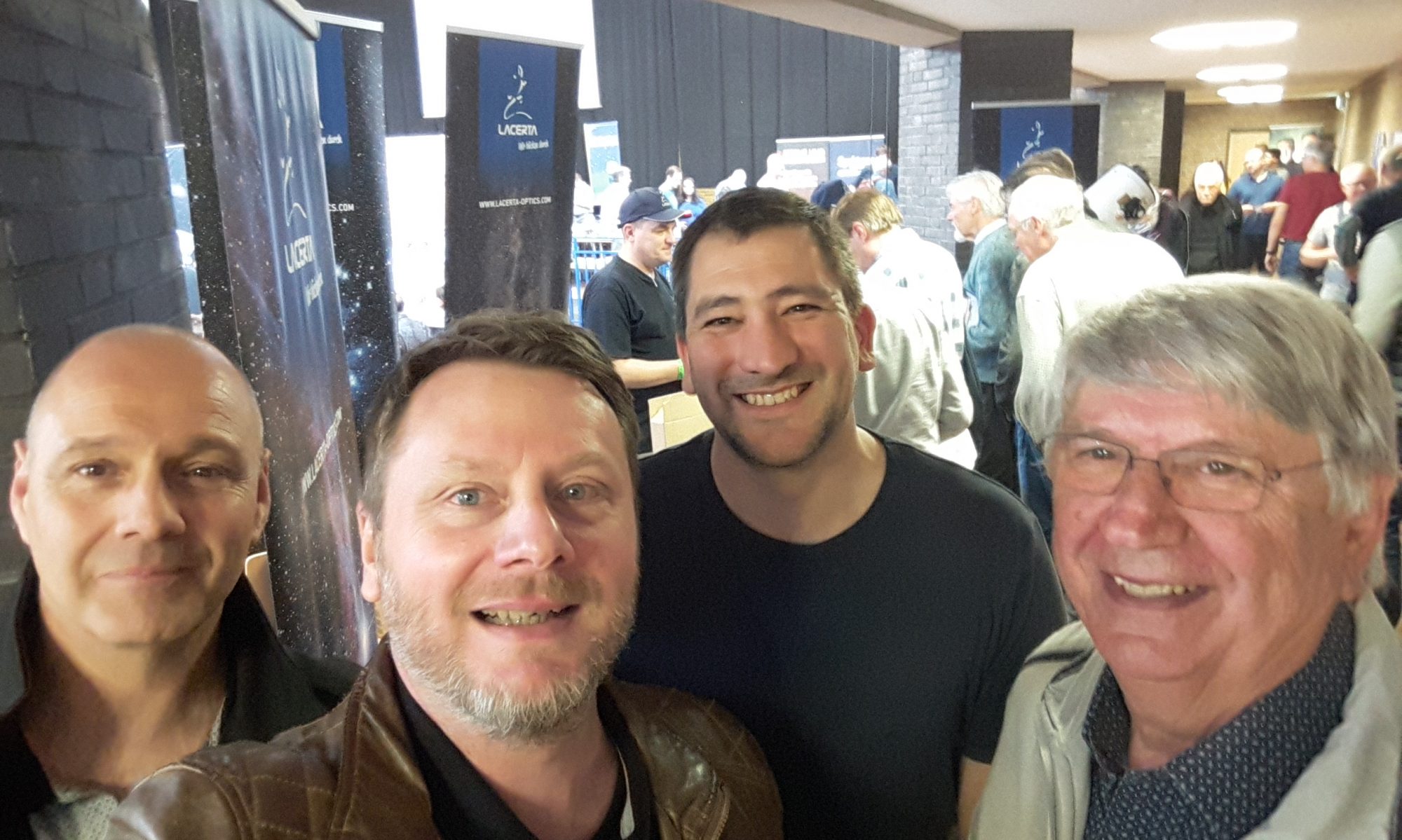We all know the classic Bahtinov mask: it allows to focus a bit more objective compared to visual star focusing.
The Bahtinov will produce Cross-shaped stars, with one clear line that moves along the cross as you focus. When the line is centered in the cross, you should have achieved perfect focus.
So what is the tri-Bahtinov?
It essentially three Bahtinov masks in one, rotated over 120 degrees. It gives you three lines and three crosses to check collimation, along three axis simulteaneously.
In addition to focussing, the tri-Bahtinov so also indicates collimation status along three axis.
This is interesting for e.g. Schmidt-Cassegrain telescopes, where the collimation is done by push-pull screws of the secondary mirror along three axis.
When you position the tri-Bahtinov alongside these axis, it will give you insight not only per axis of the focus, but also how different these focus points are for each axis.
A picture of a star using the tri-Bahtinov and the ASI174 Webcam. Very slight disalignement is visible.
You could basically do the same by turning your classic Bahtinov at 120° angles and check focus each time per individual axis.
Do i use the tri-Bahtinov very often? Not really. I believe it’s a great final check for a fixed SCT on a permanent mount. It will disclose the slightest error in collimation. But for every day use, with an SCT that is moved along and mounted for each session, it might be too cumbersome.


